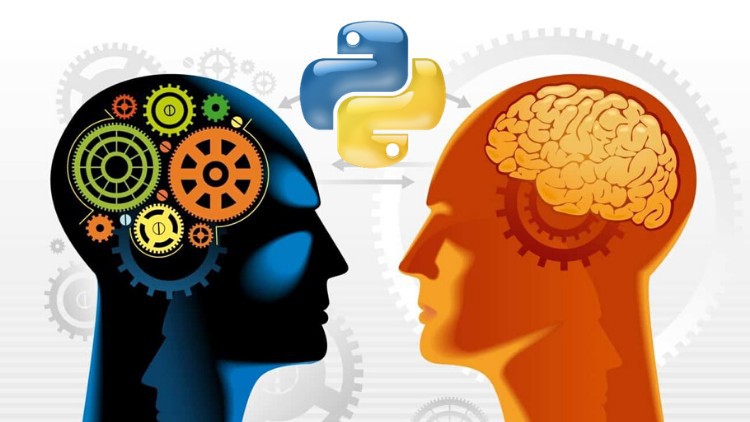The Ultimate Beginners Guide to Natural Language Processing
Learn step-by-step the main concepts of natural language processing in Python! Build a sentiment classifier!
What you’ll learn
The Ultimate Beginners Guide to Natural Language Processing
-
Understand the basic concepts of natural language processing, such as part-of-speech, lemmatization, stemming, named entity recognition, and stop words
-
Understand more advanced concepts, such as dependency parsing, tokenization, word and sentence similarity
-
Load texts from the Internet to apply natural language processing techniques
-
How to visualize the most frequent terms using word cloud
-
Implement text summarization and keyword search
-
Learn how to represent texts using Bag of Words and TF-IDF
-
Implement sentiment analysis using NLTK library (natural language toolkit), TF-IDF, and spaCy library
Requirements
-
Programming logic
-
Basic Python programming
Description
The area of Natural Language Processing (NLP) is a subarea of Artificial Intelligence that aims to make computers capable of understanding human language, both written and spoken. Some examples of practical applications are translators between languages, translation from text to speech or speech to text, chatbots, automatic question and answer systems (Q&A), automatic generation of descriptions for images, generation of subtitles in videos, classification of sentiments in sentences, among many others! Learning this area can be the key to bringing real solutions to present and future needs!
The course is divided into three parts:
- In the first one, you will learn the most basic natural language processing concepts, such as part-of-speech, lemmatization, stemming, named entity recognition, stop words, dependency parsing, word and sentence similarity, and tokenization
- In the second part, you will learn more advanced topics, such as preprocessing function, word cloud, text summarization, keyword search, a bag of words, TF-IDF (Term Frequency – Inverse Document Frequency), and cosine similarity. We will also simulate a chatbot that can answer questions about any subject you want!
- Finally, in the third and last part of the course, we will create a sentiment classifier using a real Twitter dataset! We will implement the classifier using NLTK, TF-IDF, and also the spaCy library
This can be considered the first course in natural language processing, and after completing it, you can move on to more advanced materials. If you have never heard about natural language processing, this course is for you! In the end, you will have the practical background to develop some simple projects and take more advanced courses. During the lectures, the code will be implemented step by step using Google Colab, which will ensure that you will have no problems with installations or configurations of software on your local machine.
Who this course is for:
- People interested in natural language processing
- People interested in the spaCy and NLTK libraries
- Students who are studying subjects related to Artificial Intelligence
- Data Scientists who want to increase their knowledge in natural language processing
- Data Scientists who want to increase their knowledge in natural language processing
- Last updated 8/2021









